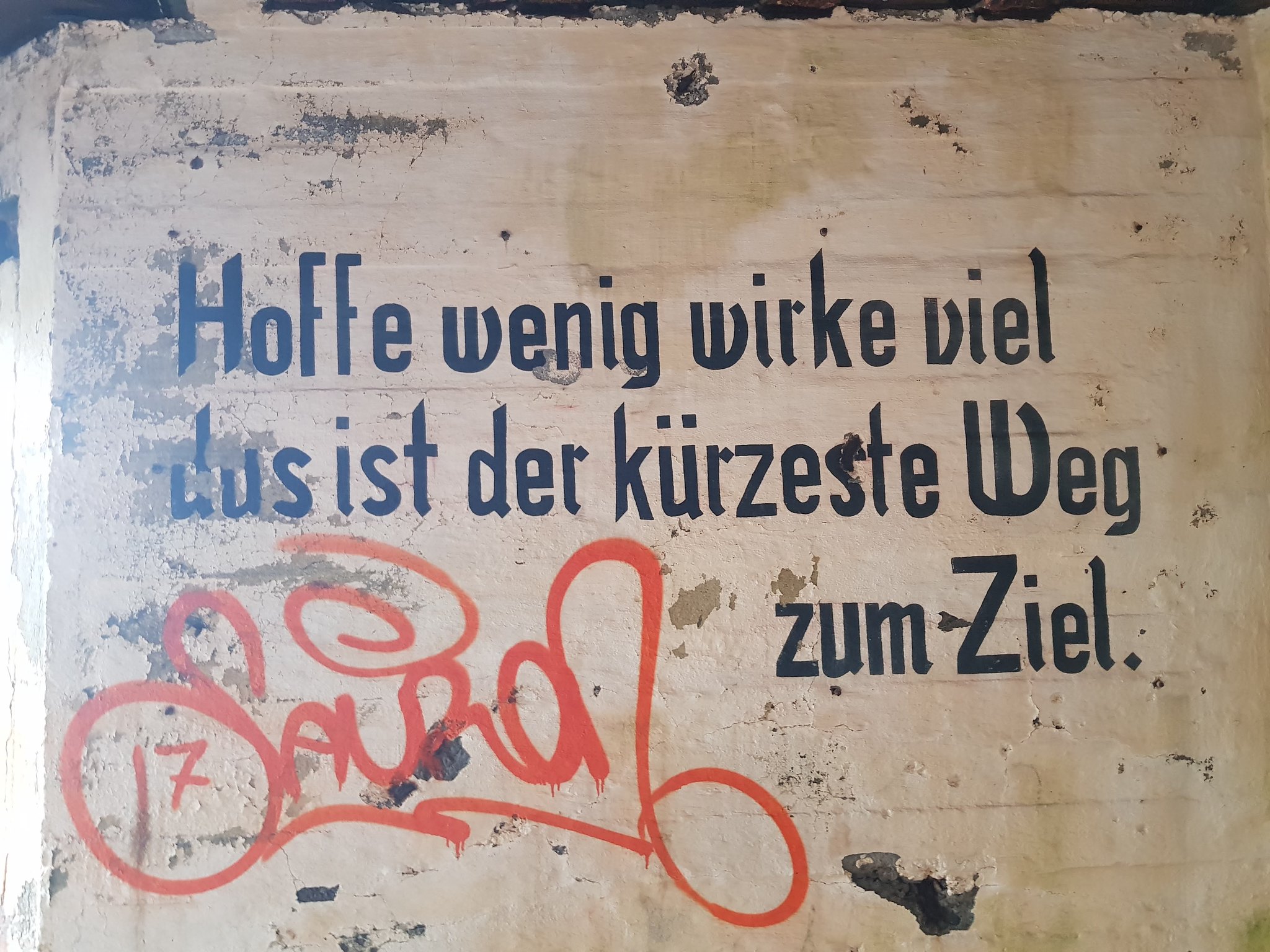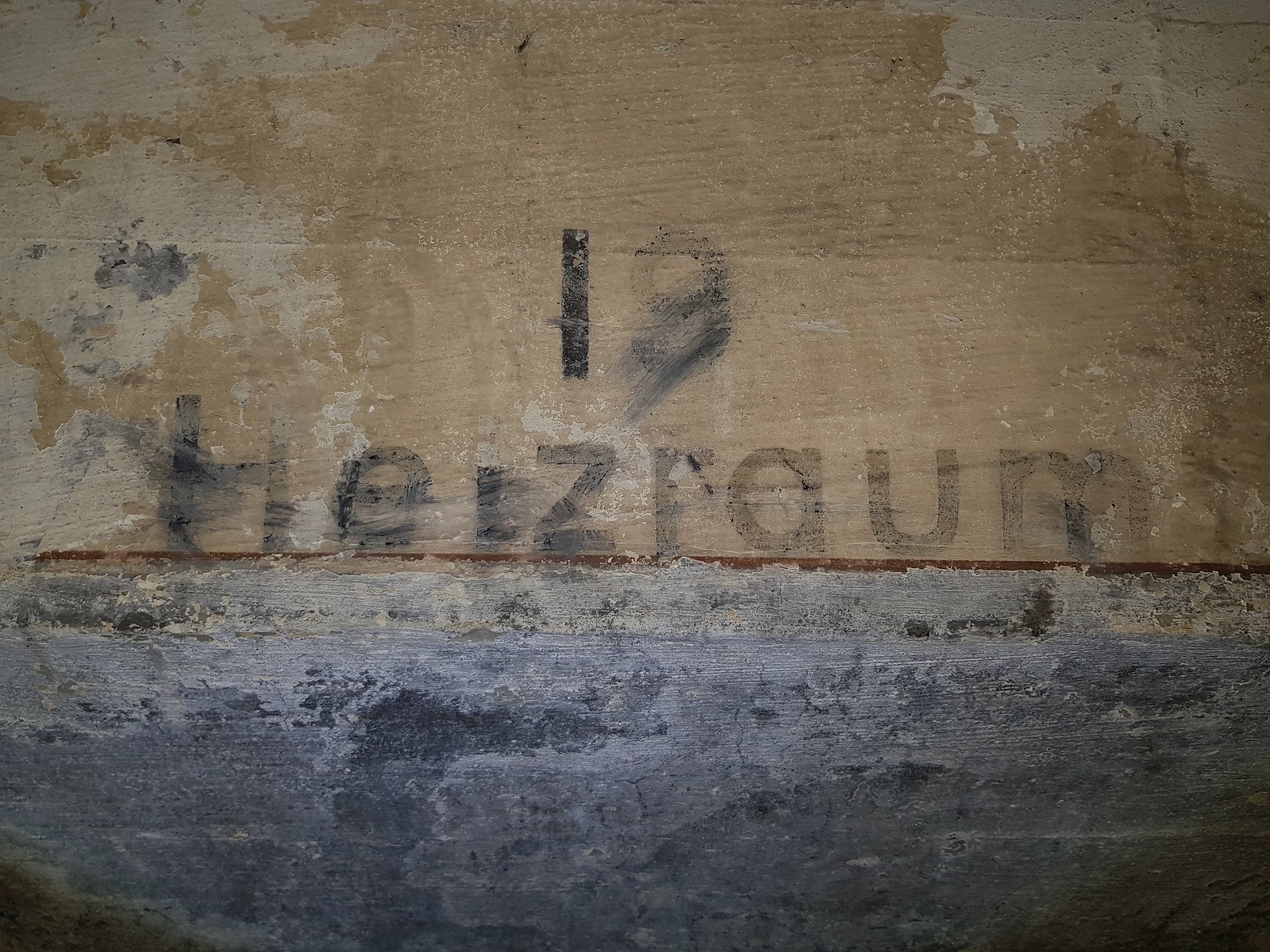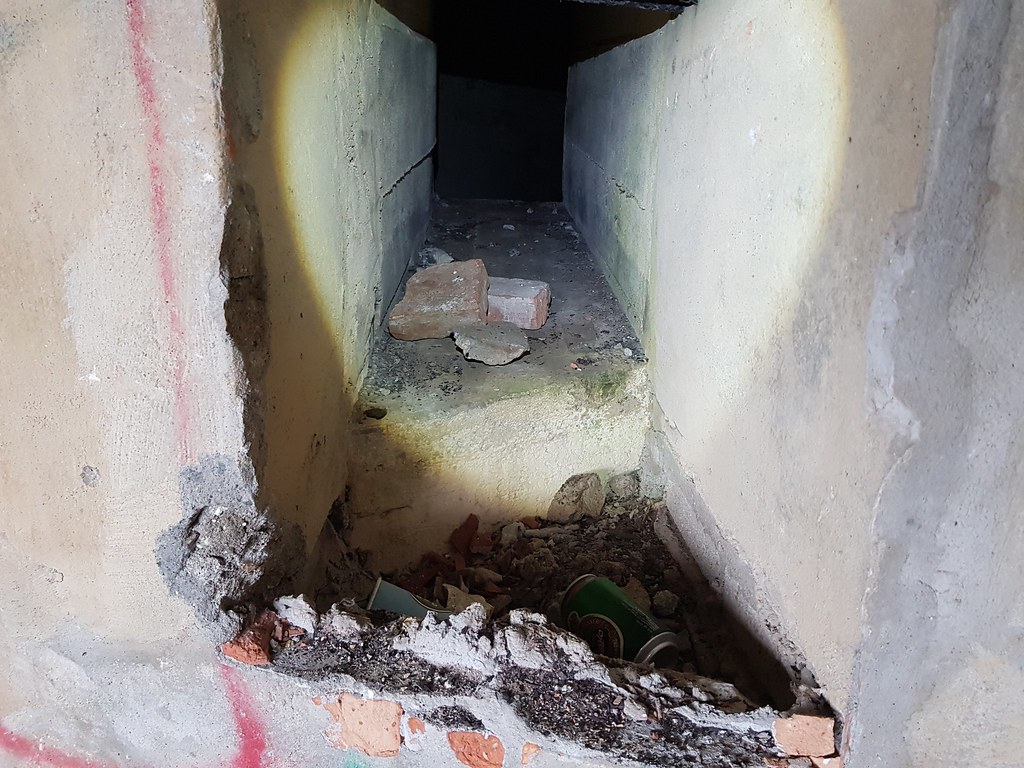The Mysterious History of the Atlantic Wall: A Journey Through a WW2 Bunker
The Atlantic Wall is a formidable defense line that stretches along the western coast of Europe, built by the Germans during World War II to prevent the Allied forces from landing. It is a symbol of human ingenuity and the horrors of war, and it is shrouded in mystery and intrigue.
I had always been fascinated by the history of the Atlantic Wall, so I decided to explore one of the abandoned WW2 bunkers that still remain today. As I made my way towards the bunker, I felt a sense of excitement mixed with apprehension. I knew that this journey would not be easy, but I was determined to uncover the secrets that lay hidden within the walls of the Atlantic Wall.
As I stepped inside the bunker, I was immediately struck by the eerie silence. The only sounds were the echoes of my footsteps and the occasional drip of water from the ceiling. It was dark and damp, and the air was thick with the smell of must and decay.
The walls were covered in peeling paint and rusted metal, and there were signs of vandalism and destruction all around. It was clear that this place had not been touched by human hands in a long time.
As I made my way deeper into the bunker, I noticed strange symbols etched into the walls. They looked like a language I had never seen before, and they sent shivers down my spine. I wondered what kind of people had made these marks, and what they had meant.
And then I saw it - a flicker of movement out of the corner of my eye. I turned towards the source of the movement, but there was nothing there. I tried to convince myself that it was just my imagination, but I couldn't shake the feeling that I was being watched.
As I continued exploring, I came across a room that was filled with discarded equipment and supplies. There were old gas masks, helmets, and even a few rusted rifles. I couldn't help but wonder what had happened to the soldiers who had once used these items.
And then I saw something that made me gasp in shock. There, in the corner of the room, was a human skeleton. It was partially covered in debris and dirt, and I couldn't tell how long it had been there.
My heart racing, I tried to piece together what had happened. Had this person been a soldier who had died defending the Atlantic Wall? Or had they been a prisoner of war who had been left to rot in the bunker?
As I continued on my journey, I encountered more and more signs of the past. There were old photos and documents scattered throughout the bunker, revealing the stories of the people who had once lived and fought here.
And then I heard a sound - a soft whisper that seemed to be coming from deep within the bunker. It was a language I couldn't understand, but it sounded urgent and pleading. I tried to follow the sound, but it seemed to be coming from every direction.
And then, suddenly, the whispers stopped. The silence was absolute, and I could feel my heart pounding in my chest. I knew that I needed to leave the bunker, but I couldn't shake the feeling that something was still watching me.
As I emerged from the darkness of the Atlantic Wall, I felt a sense of relief mixed with sadness. The bunker had revealed its secrets to me, but I knew that there were still mysteries left unsolved. The Atlantic Wall was a
 |  |  |
 |  |  |
 |  |  |
 |  |  |
 |  |  |
 |  |  |
 |  |  |
 |  |  |
 |  |  |
 |  |  |
 |  |  |
 |  |  |
 |  |  |
 |  |  |
 |  |  |
 |  |  |
 |  |  |
 |  |  |
 |  |  |
 |  |
@atlantic_wall What if a bunker was your only home? #atlantic wall♬ original sound - atlantic wall
Pinterest boards

️ The Atlantic Wall, a Nazi fortification ️
A non-profit organization founded in 2007, Atlantic Wall is a project undertaken by volunteers and civic artists to reverse the ecological, architectural and social destruction caused by the Nazis; subterranean bunkers have been reconstituted, streets have finally been cleared.

Established in 1939, the Atlantikwall is the best
Introducing the Atlantic Wall.a collection of Regelbau bunkers from World War II that have been preserved and restored.Explore these historic structures and learn about their role in military history.From observation posts to gun emplacements.each bunker tells its own story.Plan your visit today!.

It once held back Nazi Germany's 8th Army
Attention: The Atlantic Wall was a secret Nazi project to protect Europe from invasion Interest: The Atlantic Wall was built along the coasts of Europe, and consisted of massive concrete bunkers, gun emplacements, and other military structures.Desire: The Atlantic Wall was used to protect against the Allied invasion of Nazi-occupied Europe.Action: Click here to learn more.

The ATLANTIKWALL in Raversyde is one of the best
The Atlantic Wall was Hitler's complex system of coastal fortifications that stretched from Norway to the Spanish border during the Second World War. It was one of the most elaborate and ambitious military projects of the war and remains one of the most impressive fortifications ever constructed.

The Atlantikwall Museum Noordwijk
Problem: The Atlantic Wall was a series of fortifications built along the coast of occupied France during WorldProduct Promise: The Atlantic Wall is a reminder of the sacrifices made by our soldiers and the price we still have to pay to ensure peace. Proof: The Atlantic Wall is a reminder of the sacrifices made by our soldiers and the price we still have to pay to ensure peace. Proposal: Take a tour of one of the abandoned bunkers and learn more about the history of this important chapter in our country's history.

Regelbau is a certain type of bunker.
Create a series of videos that explain the history of the Atlantic Wall and its role in WWII.

Order online or visit us at:atlantic wall
Problem: The Atlantic Wall was a series of fortifications built along the coast of France during World War II. Promise: The Atlantic Wall provided a safe haven for civilians and soldiers alike. Proof: The Atlantic Wall was an amazing experience. Proposal: Come visit us and experience the Atlantic Wall for yourself!.

Escape the Norm with our Atlantikwall Museum
An extensive Roman fort has been uncovered at the site of. former quarry in Kent, UK, and it's filled with ancient artifacts and even. secret underground bunker.
You may also like:
- military training site bunker
- the surprising beauty of world war ii
- Boards | Pinterest
- Profile | Pinterest
- the atlantikwall is part of westwall
- remembering wwiis nazi occupation
- watch the history channel atlanticwall
- storms exposed wwii anti
- germany germanys defeat and defeat of
- protectingthefuture with the atlanticwallatlas
- dvd german coastal defence in norway
- germany dismantles the atlantic wall
- the atlanticwall protected the atlantic westwall
- germany prepared military arsenal
- atlantic wall support points and
- remains of nazi germanys atlantic wall
- a world without the atlantic wall
- to buy a bunker
- protectingthefuture with
- visit atlanticwall to learn more
- works of the atlantic wall
- protectingthefuture with the atlanticwallatlas
- watch history channel atlanticwall
- questions about the atlantic wall
- remains of the atlantikwall
- watch the history channel atlanticwall 2
- the atlanticwall protected the atlantic westwall
- battle in norway during wwii
- the atlanticwall protected the atlantic westwall 2
- construction of these wwii bunkers has started
- germany defended the coast from england
- watch history channel atlanticwall
- atlantic wall military training site
- build wwii museum
- concrete bunkers built up and down
- what was the atlanticwall and when was it built
- atlantic wall is home to bunkers


















































































Comments
Post a Comment